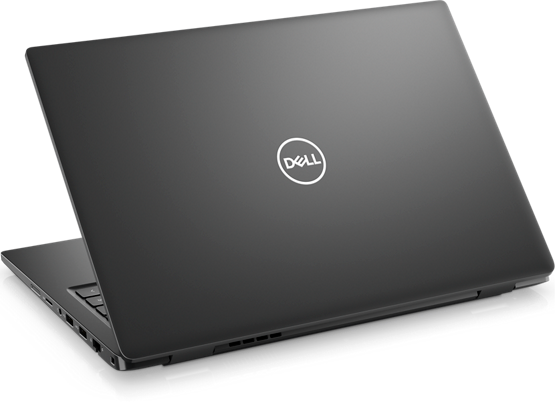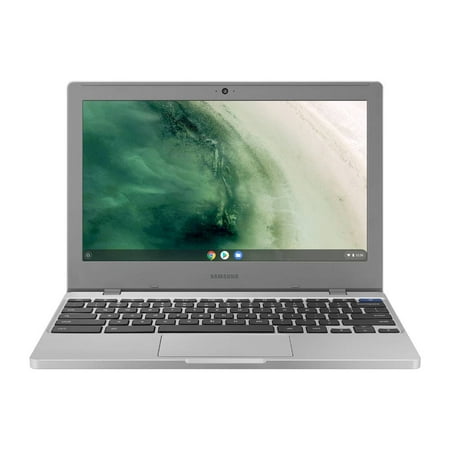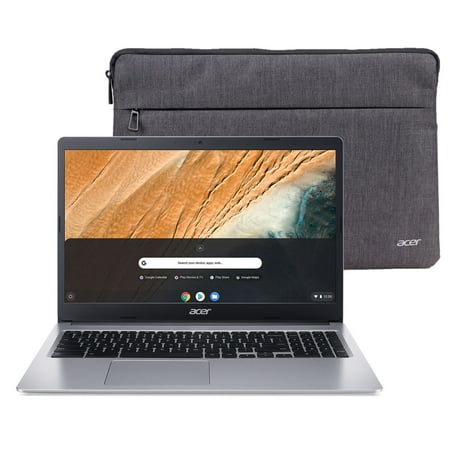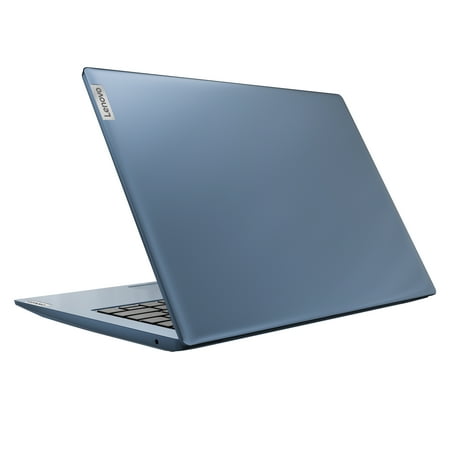Dell Latitude 3420 14 Inch Laptop | Dell USA
The world’s smallest 14-inch laptop features an innovative webcam for high-quality video conferencing, the latest Intel processors and AI-based Dell Optimizer.
Welcome to a new age of intelligence
Experience seamless Wi-Fi. ExpressConnect automatically joins the strongest access points* in the office and prioritizes bandwidth for conferencing applications, wherever you work.
ExpressResponse*
With Intel® Adaptix™ Technology, prioritize your most important apps, so they open faster and perform better.
ExpressCharge*
Dell Optimizer extends runtime and improves battery performance by adapting to your patterns and charging up to 80% in an hour.
Intelligent Audio
Collaborate like you’re in the same room. Intelligent Audio enhances your audio quality and reduces background noises, so you can hear and be heard, creating a better conference experience for all.
Essential features for any business
Connect anywhere: Seamlessly work on the go thanks to and eSIM technology and optional LTE mobile broadband speeds up to 450Mbps. Intel® Wi-Fi 6 capability provides reliable connectivity, fast speeds and next-gen security to PCs and wireless networks.*
Ports for any purpose: Compatible with more monitors and accessories, with a full range of available ports, including USB 3.2 Gen2x2 Type-C™ port and legacy ports like HDMI and RJ45.
Start quickly: Start up instantly with a fingerprint reader built into the power button.
Power through: Drive efficiency with low-density, 3C and 4C battery pack options.
Modern design to boost productivity
Upgraded keyboard: The larger edge-to-edge keyboard, keycaps, and 18% larger touchpad make typing and navigation easier than ever. Plus, the backlit keyboard provides the flexibility needed to work anytime from anywhere.
Enhanced display: Gain a brighter view with up to 300 nit Full HD display panels.
Privacy shutter: Available with a mechanical privacy camera shutter for added security.*
Our commitment to sustainability: Our systems are EPEAT Gold Certified* ensuring Latitude is a purchase you can feel good about. Plus, choosing Energy Star compliant systems not only saves you money, but also reduces emissions associated with electricity production.
Modernize your experience with Dell Technologies Unified Workspace.
Gains from implementing Dell Technologies Unified Workspace offset hardware and IT costs*
- Modern factory provisioning and reduce deployment time by 50%*
- Comprehensive endpoint security above and below the OS
- Unified management from one console of your choice
- Predictive, proactive support to reduce support calls by up to 46% and resolve issues 6x faster
Additional information
| Height | 0.69 in. (17.6 mm) |
|---|---|
| Width | 12.83 in. (326 mm) |
| Depth | 8.9 in. (226 mm) |
| Starting Weight | 3.36lbs. (1.52 kg) |






Reviews
There are no reviews yet.